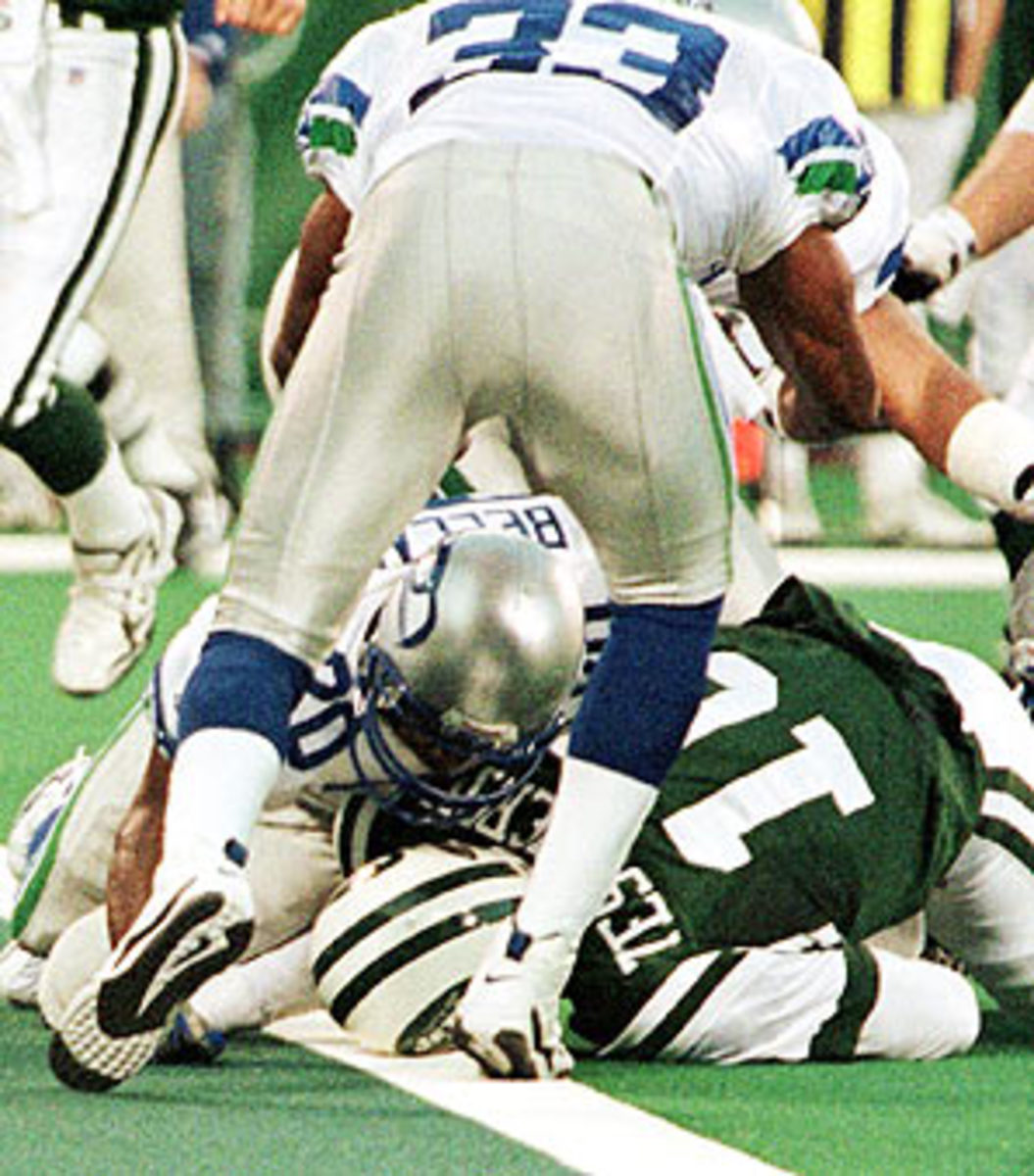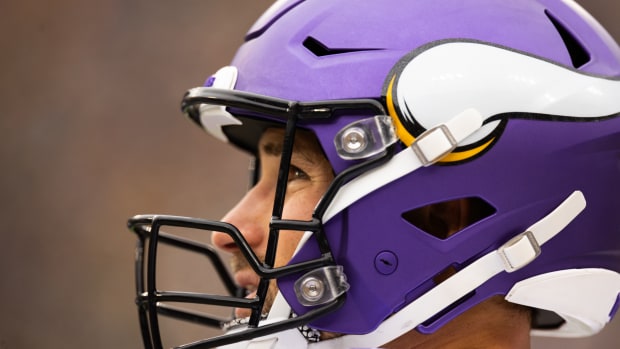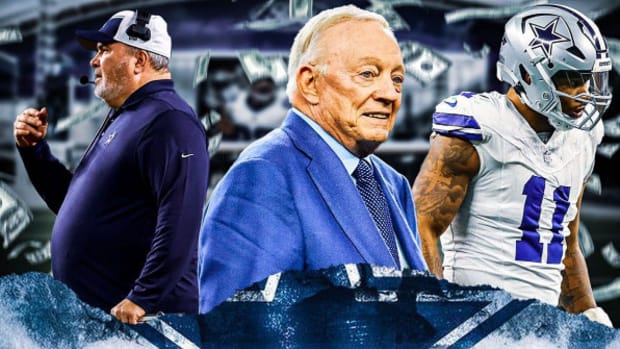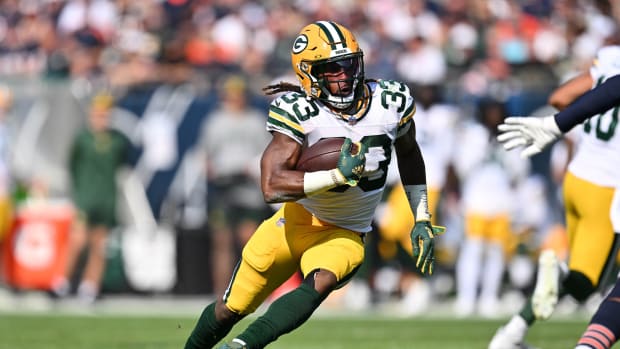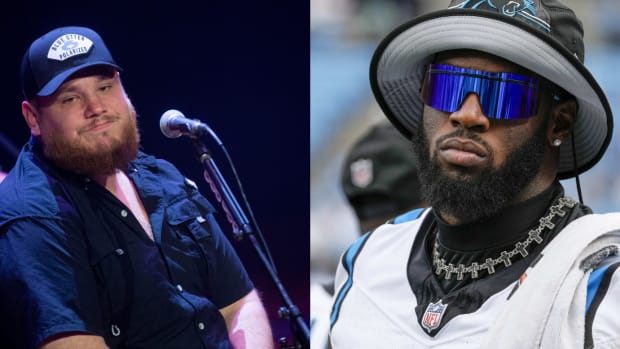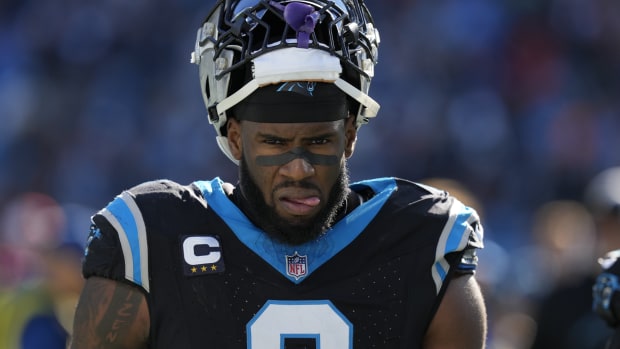Upon further review: Recalling how NFL adopted, refined instant replay
If baseball follows suit and expands the use of replay in the wake of Joyce's blown call that cost Armando Galarraga a perfect game, as commissioner Bud Selig promised to consider, the mustachioed umpire with the alliterative name will no doubt take his place alongside the likes of Mike Renfro and Vinny Testaverde as poster boys for the use of replay in their sports.
More than 18 years apart, Renfro, a second-year Houston Oilers receiver at the time, and Testaverde, then a 35-year-old Jets quarterback, played pivotal roles in a pair of plays that featured glaringly mistaken calls in a non-replay review era, thus helping crystallize the need for greater technological intervention in NFL officiating.
Here's a partial refresher course on how the NFL got to be the most replay-friendly sport of all:
• In the 1979 AFC Championship Game, played Jan. 6, 1980, in Pittsburgh's Three Rivers Stadium, Bum Phillips' free-wheeling Oilers were taking what turned out to be their last, best shot at vanquishing the vaunted Steelers dynasty. But it was not to be. Houston lost to Pittsburgh 27-13 in a game far closer than the score indicates, with the Steelers going on to win their fourth Super Bowl ring in a six-year span.
The play from that game that endures 30 years later unfolded in the final seconds of the third quarter, when Oilers quarterback Dan Pastorini found Renfro in the extreme back right corner of the end zone for an apparent game-tying six-yard touchdown pass. After a non-call and then a discussion amongst themselves -- a non-replay review, if you will -- the officials ruled the pass incomplete, indicating Renfro did not have complete control of the ball before falling out of bounds. Instead of being 17-17 with a quarter to play, the Oilers kicked a 23-yard field goal and trailed 17-13.
The problem was, TV replays showed fairly conclusively that Renfro did indeed have control of the ball with both feet down before he left the end zone, and the perception that Houston was jobbed out of potential game-turning score and maybe even the franchise's first Super Bowl berth was firmly established in the public's consciousness. That may be a stretch, but that's how these things tend to work. Especially since the heat descended squarely on side judge Don Orr, who froze after Renfro's catch and resorted to huddling with his fellow officials before making the incompletion call. (See a picture of the catch here -- scroll down to No. 1.)
SI VAULT: Dr. Z writes about the controversial call (01.14.80)
Though it was hardly a case of a swift cause-and-effect process, the non-touchdown by Renfro in the AFC title game was seen as the first major blow in what became a drumbeat for replay reviews in the NFL. It took another six years for the league to finally work out the details of a replay system and install it in time for the 1986 season, but it was the injustice Renfro received during his 15 minutes of fame that got the ball rolling and made the booth review a part of the NFL landscape.
Hall of Fame Miami Dolphins head coach Don Shula was one of the longtime co-chairmen of the NFL's powerful competition committee throughout the '80s, and he was influential in the league moving to the replay system.
"I remember that Renfro play being one of the key plays we used to sell it to the (league owners),'' Shula told me Friday morning, from his vacation home in Carmel, Calif. "It was the fact that people sitting at home in their living room could see that the call was blown on the field, see that it was missed, and yet the referees couldn't get that information and use it to fix the call. We were finally able to convince the owners that that had to change.''
Shula said his co-chair on the committee, Cowboys general manager Tex Schram, was against replay for years, but the Renfro play swayed his vote into the yes category.
"I was an early proponent of replay,'' Shula said. "But Tex had tremendous influence, and he resisted it for a long time until that call. He wanted the game to be called on the field. But that play was the real catalyst for him. We had to find a way for the officials to see the same thing that people sitting at home on their couch saw. Now it's one of the most interesting things that happen during a game. Fans say I can't wait to see the replay. And it's a part of the game.''
The league used replay, at least on a limited basis, from 1986-91, before discarding it starting with the 1992 season. The anti-replay faction within the league thought the frequent delays necessary for reviews were not worth the trouble and killed the pace and flow of the game. It would be another seven years before the NFL returned to the replay age in the regular season, this time with a challenge-based system that limited the number of mid-game reviews.
Read on to discover how Vinny Testaverde, and by extension, his helmet, had plenty to do with the resurrection of replay.
• In 1998, the Bill Parcells-coached Jets were on their way to a magical turnaround 12-4 season and a trip to the AFC title game. But they entered December at 8-4, with a Week 14 home game against Seattle at Giants Stadium looming. The Seahawks, in the fourth year of its Dennis Erickson era, were scuffling along at 6-6, after the promise of a 3-0 start that season.
Seattle led 31-25 well into the game's final minute, but on fourth down from the Seahawks 5-yard line, Testaverde scrambled and barely broke the plane of the goal line to lift the Jets to victory with 20 seconds remaining.
Or did he? Replays of Testaverde's run clearly showed that while his helmet crossed the goal line, the ball, tucked in his left arm, did not. But the officials didn't see that distinction when the play was live, and with no replay available to them, only the millions of TV viewers got to witness Testaverde's game-winning phantom touchdown.
New York went on to end the regular season on a six-game winning streak, winning the AFC East and riding that momentum to a surprise trip to the AFC Championship Game in Denver. Doomed to defeat by the lack of replay that day in New Jersey, Seattle wasn't as fortunate. The Seahawks finished 8-8, missing the playoffs by one game, and Seattle lowered the boom on Erickson after that season, hiring Mike Holmgren away from Green Bay to serve as both coach and general manager. Erickson finished 31-33 in his Seattle tenure, with that one erroneous call robbing him of both a .500 record and likely a job-saving playoff berth. Upon further review, Erickson is no doubt a replay proponent for life.
The hue and cry from the blown call on Testaverde's touchdown, combined with some other high-profile gaffes in that 1998 season, like the overtime coin flip snafu involving referee Phil Luckett and Steelers running back Jerome Bettis on Thanksgiving Day in Detroit, re-ignited the NFL's replay debate in a big way. In March 1999, owners voted 28-3 to re-install replay, and the coaches challenge format continues today, having been made a permanent part of the rules in 2007.
Ernie Accorsi was the New York Giants general manager at the time of the Testaverde touchdown controversy, and he well remembers the replay proponents marshalling their forces after that incorrect call spotlighted the issue. As the Browns general manager in the mid-80s, Accorsi, a longtime opponent of replay, once cast the deciding vote to kill a measure that would have installed replay for the NFL postseason only.
"You have to remember that other than (Bengals owner) Mike Brown, no two other people were more anti-replay than (former Giants general manager) George Young (Accorsi's predecessor) and I,'' Accorsi told me by phone Thursday night, after a long chat about Joyce's call. "George and I, we thought we finally killed this damn thing off, and then here it came back around (in '99).
"I didn't really move on replay over the past 10 years. I'm an old-school guy, and I say play the game on the field, and call the game on the field. Many times when you go to replay, it's still a judgment call. If I'm going to get a judgment call and maybe a bad call in the booth or on the field, I'll take it on the field. I'm a purist, and I'll go with the human element. The players and coaches have the human element involved, and so do the officials.''
Thanks to Jim Joyce, now it's baseball turn to grapple with how much of the human element the game is willing to live with.
































